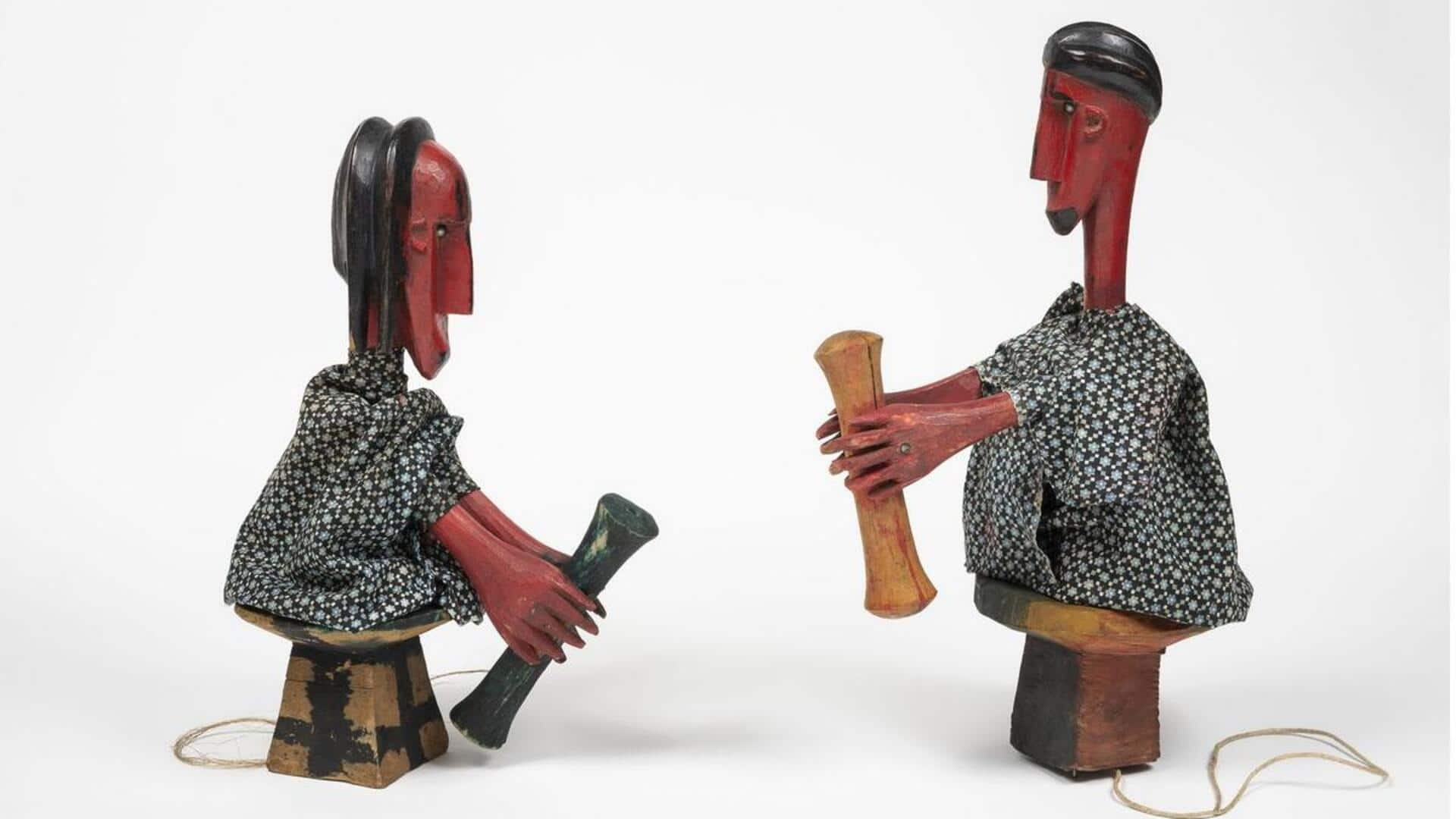
Exploring the African puppetry tradition
What's the story
African puppetry, a dynamic and captivating art form, has been woven into the fabric of the continent's culture for hundreds of years. It goes beyond mere entertainment, functioning as a conduit for education, social critique, and the safeguarding of history and ancestral stories. Puppeteers skillfully manipulate their creations to reflect life's intricacies, ethical lessons, and societal values across diverse African communities, rendering it a rich and layered tradition.
Origins
The roots of puppetry in Africa
The roots of puppetry in Africa are as deep and varied as the continent itself. For millennia, numerous African cultures have employed puppetry as a medium for storytelling, predating written history. These performances, traditionally held during festivals, ceremonies, and communal gatherings, fulfill both educational and entertainment roles. Puppets range from small handheld figures to large constructions, with designs and materials showcasing the vibrant diversity of African artistry.
Craftsmanship
Puppet making: An art form
Making a puppet is a complex process that requires different types of craftsmanship. Common materials include wood, cloth, beads, and even recycled items. It's not just about shaping a figure; there's cultural meaning and symbolism involved. Each puppet is designed to portray characters or archetypes that the community it serves would recognize.
Performance
The role of music and dance
Music and dance aren't just background elements in African puppetry - they're integral parts of the storytelling magic. Specific drumming patterns signal different emotions or actions in the narrative, and dance movements - either by the puppeteers themselves or additional performers - amplify the visual drama. The result? A rhythmic, kinetic, totally immersive experience that pulls you into the heart of the story. Every performance is a one-of-a-kind masterpiece.
Message
Educational tool and social commentary
African puppetry is not mere entertainment; it's a powerful tool for education and social commentary. By using puppets to portray allegorical stories, performers tackle morality, social justice issues, politics, health awareness, and more without creating direct confrontation. This way, sensitive subjects can be reflected upon within communities in an engaging and non-threatening way.
Evolution
Preserving tradition while embracing change
While African puppetry remains firmly anchored in tradition, it's not stuck in the past. This vibrant art form is embracing modernity, with contemporary themes and even cool tech gadgets finding their way into performances. This blend of old and new is key to keeping the magic of puppetry alive for younger audiences, all while preserving its rich history and cultural heartbeat.